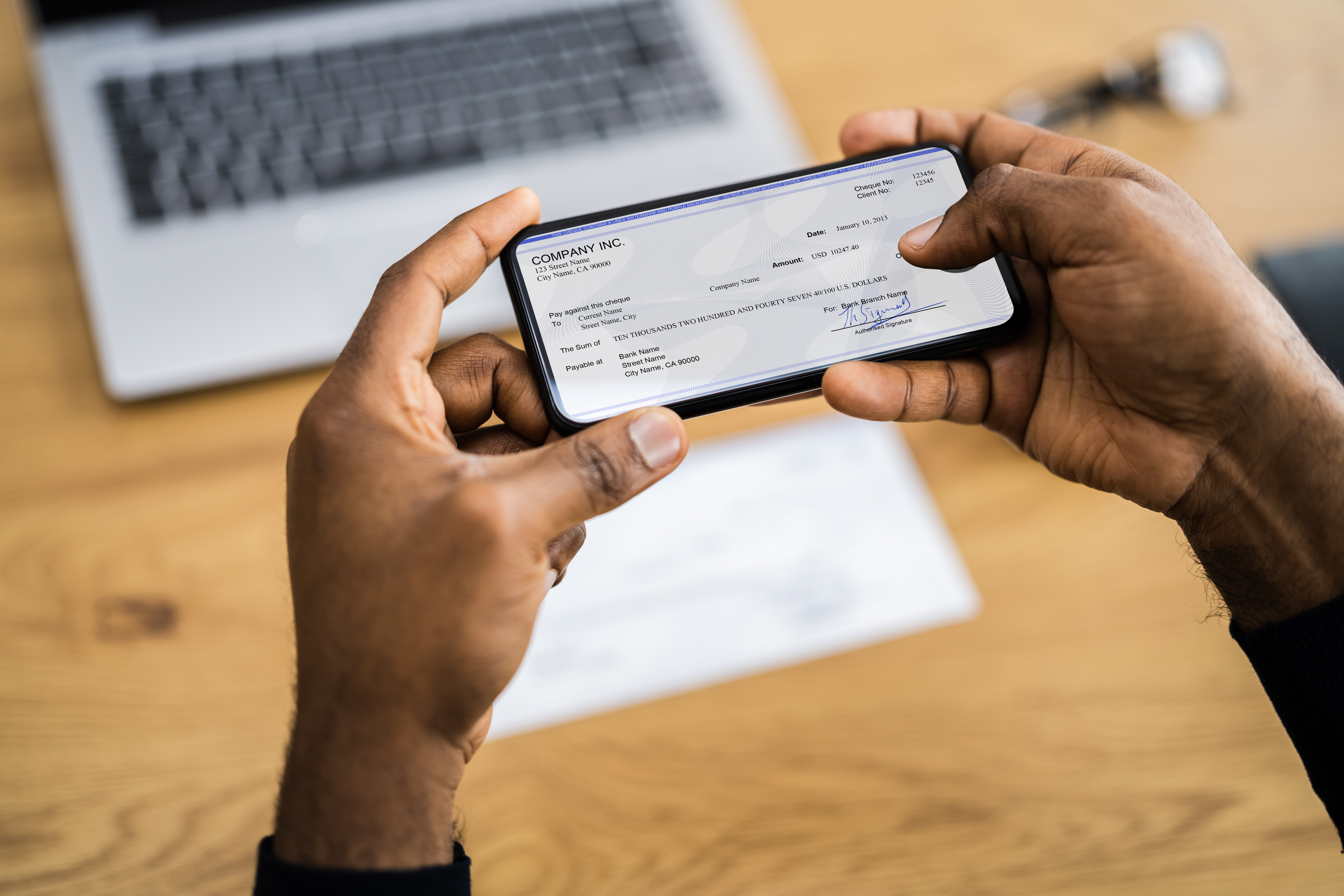What is the Difference between eChecks, Digital Checks, and Mobile Deposit?

In my previous blog I wanted to discuss what ACH is and how it compares to eChecks or even Mobile Check deposits. However, I ended up focusing on the history of ACH instead. I believe it's important to understand the history and context of Electronic Funds Transfer (EFT) and Automated Clearing House (ACH). Often people will mix up names and terms related to EFTs, and they aren't entirely wrong, as many of the digital payment methods are similar. If you haven't, I would recommend spending a few minutes reading up on the history of ACH in this post.
What is an ACH Payment?
An Automated Clearing House (ACH) is a computer network for processing financial transfers that will process batches of transactions for banks. It's very common to say ACH as shorthand/catch-all for any transfer that is an ACH Debit/Credit Transaction. ACH is more common than you may realize. For example, Direct Deposit from employers is an ACH Credit Transaction.
What is an ACH Credit Transaction?
A simple way to understand an ACH Credit Transaction is to think of it as a "push" action. The payee is "pushing" funds from their account to another account. This is all done via the ACH network, for security and reliability.
What is an ACH Debit Transaction?
If ACH Credit Transactions are 'push' then ACH Debit Transactions are 'pull' transactions. The receiver of the funds is requesting a pull from an account. The most common method would be using a debit card to make a purchase. The receiver of the funds is requesting an amount they are owed for the purchase.
There are many specific kinds of ACH Debit Transactions, without going into excessive detail here are some examples:
- Point-of-Sale Entry (POS)
- Debiting bank accounts for card payments made via an electronic terminal.
- Prearranged Payment & Deposit Entry (PPD)
- Directly debiting or crediting a consumer account based on an authorization from the Receiver (account holder).
- Accounts Receivable Entry (ARC)
- Converting physical checks received by mail or drop box into ACH debit transactions.
There are many more examples but these few should give you a sense of how broad the category of ACH transactions can be but how similar they are in practice. [1]
A similar transaction you may be familiar with are Wire Transfers. This method uses direct communication between banks, which can be faster but generally have a higher cost per transaction. It is also worth pointing out that you can use a Wire Transfer to move funds internationally.
What is an eCheck/Digital Check vs ACH?

First and foremost, an eCheck (some use Digital Check) is very much an ACH transaction, more specifically an eCheck is a specific kind of ACH Debit Transaction. The terms eCheck, Digital Check, or ACH payment functionally all mean the same thing. They are all electronic fund transfers. However, because eChecks go through extra steps to verify and authorize a payment, they can be slightly slower than ACH. Broadly speaking, ACH payments are better suited for reoccurring payments, such as a subscription service and an eCheck is better suited for 1-time payments. It is difficult to say one has lower costs versus the other. Different providers/services have varying prices.
Is a Mobile Deposit also ACH?

Not really, no.
Mobile depositing a check is the modern version of taking a paper check to the bank for deposit. Snapping a picture of a check with your bank app is a faster/more convenient way of getting that check in the hands of the bank for processing. It is a form of EFT but it does not move through the ACH network.
While this is far more convenient and faster than bringing a check to the bank for deposit, it is still the same as depositing a physical check. Just as a normal physical check can bounce after deposit, a mobile deposited check can bounce just the same. From bank's perspective, taking a picture of a physical check in your bank app for deposit or bringing a physical check to the bank for deposit is functionally the same. The benefit is that it's easier to snap a picture inside the bank app for the consumer.
What is the Take-Away?
As much as most EFTs are different, they are the same in practice. Setting up an ACH to send funds or using the eCheck method -- still moves funds through the ACH network at roughly the same speed and roughly the same cost. You should now have a decent starting point to research further when exploring different ways your business can process/send payments. Perhaps the slightly faster ACH process is better for your operation or maybe the slightly reduced cost of eChecks that may process slower is the right choice for you. It all comes down to your personal preference, specific needs, and what trusted service providers are offering.
The next, and final, blog post in this series will be me bringing it all together specifically for QuickBooks users. How to save money on physical checks, reduce fraud risk, how to start using EFTs, and completely transform how your business process payments out of QuickBooks.
Related Posts

Your Guide to Choosing the Best Check Printing Software
In the fast-paced world of business, efficiency is key. One area where efficiency can make a significant impact is in the realm of check printing and check printing software. As..

5 Benefits of Printing with UV Curable Inks
When it comes to the print industry, speed & reliability become incredibly important. Customers want their printing done fast and without risk of damage or smudging. Business..

5 Advantages of a Folder Inserter Machine
Let's start this blog with a simple story about Mark, an accounts payable department manager in charge of growing company's financial responsibilities. As the company expands, so..
Leave a Reply